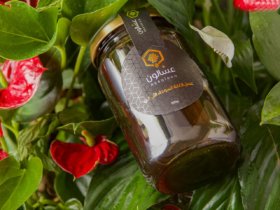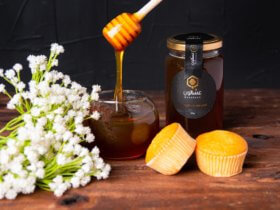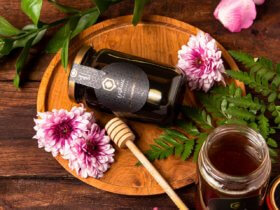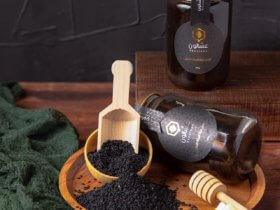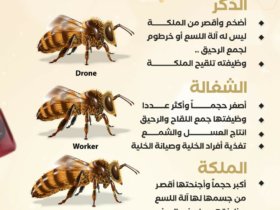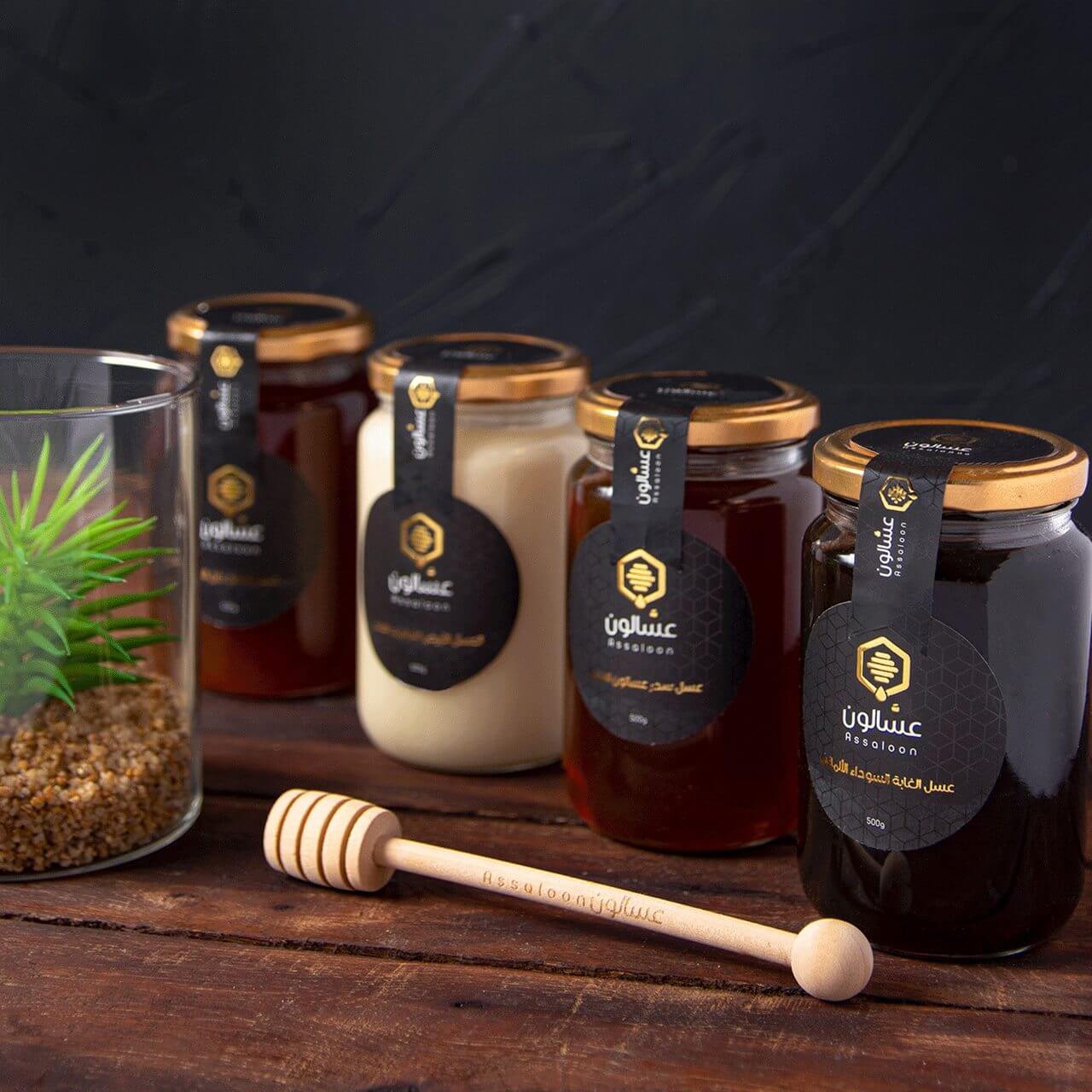Honey comes from bees absorbing flower nectar, digesting it, and then excreting it again.
Everyone knows that, but because of the different flowers from which bees suck the nectar, Honey sources vary.
Of course, these flowers differ in their growth times. Therefore, honey production seasons also vary depending on the presence of flowers.
Therefore, in this topic, I will tell you about the most important sources from which honey comes, The most important thing is the season of production of each of those types in detail.
First of all, let me tell you about the most important sources.
natural bee honey sources
There are many sources and more than 350 types of honey, But the most famous are always those types.
- clover honey
- black forest honey
- Sidr honey
- manuka honey
- Nigella sativa honey.
- And finally, citrus honey.
We talked in detail about each of these types that you can see.
But here now let’s talk in detail about the seasons for each of the above sources.
Seasons of natural bee honey
As I told you above, the season of honey production depends on the season of germination of the flower from which the bee sucks the nectar.
And because the flowers are different, let’s get to know each of those seasons.
1- Clover honey season
Clover honey is the most famous type of honey in Egypt.
A lot of it is produced due to the large spread of the clover flower.
Alfalfa is planted and harvested in June and July, so these two months are the season for clover honey.
2- Sidr honey season
We talked before about Sidr honey and how it is considered one of the most expensive types of honey available.
But we are here to talk about the season of production.
It is worth noting here that Sidr honey is more expensive due to its low availability. It is produced from Sidr trees in the middle of October until the end of November each year.
3- Manuka honey season
Manuka honey is the most expensive honey in the world, especially New Zealand honey.
This is certainly the case, given that the production season for this particular honey is rather short and only takes about 6-10 weeks.
This is the period during which the manuka tree blooms, which is also often between the months of March and September.
4- Nigella sativa honey season
Nigella sativa is also one of the distinctive sources of honey, which has its own distinct production season.
Nigella sativa is planted in October and November, so the season for Nigella sativa honey production usually ranges between March and May.
5- Black Forest honey season
The Black Forest and its pine trees are present all year round. Therefore, the season of the largest production of Black Forest honey, insufficient information was found about it.
But since it is the result of bees recycling the aphid droppings that they extracted from trees, there is often no specific season for it.
And now those were the most important seasons of honey production and the most important sources it comes from.
If you have any questions regarding any of the seasons above, or any question regarding honey, do not hesitate to contact us and tell us what’s on your mind.

